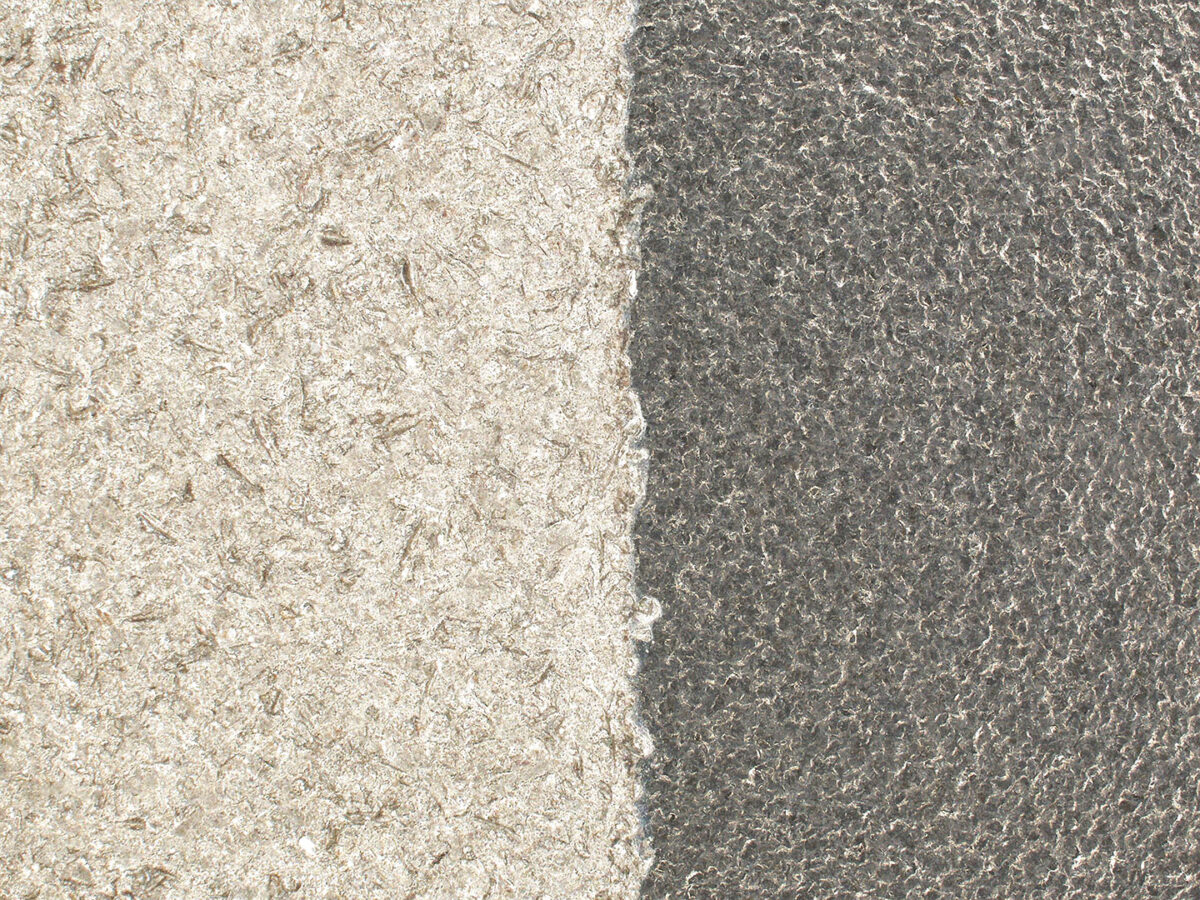Surface free of visible oxides, mill scale and other material. This grade of finish is generally required for sophisticated coatings such as zinc coatings for highly corrosive environments.
Finishing metal parts is often a great challenge for production companies. Creating output with a homogeneous and compact appearance or eliminating excess parts in post-production is anything but simple, especially for metal alloy work.
Lately, more and more companies are resorting to the use of sandblasting techniques to finish products and clean or deburr their metalwork. This technique is becoming more and more popular due to its great efficiency in terms of results and its incredible possibility of being implemented in multiple sectors.
In fact, professional sandblasting machines can be used both in the post-production phase to remove swarf, and to regenerate components by removing oxides or removing paint residues through the use of different types of grits such as glass microspheres, aluminium oxides (corundum) plastic, ceramic, metallic grits, etc.
A great advantage of sandblasting is that it can easily reach any surface of the workpiece, regardless of its shape or size. Through sandblasting, in fact, even the most complex corners, holes, inlets or edges can be completely cleaned, an operation unthinkable with other processes;
The workpiece is machined with great precision in the affected areas only, without its parts being damaged by the casting. This allows this process to be applied to even the smallest components, without changing their size or shape;
With the sandblasting technique, the superfluous material is progressively removed and the result can be verified in real time, thanks to an immediate visual check;
With the sandblasting technique, it is possible to machine not only metal components. From ceramics to composite materials, plastics, wood or glass: depending on the machine and the grit used, different types of materials can be processed without compromising the structure of the workpiece.

Depending on the type of work required and the amount of oxides, paint release agents or other elements to be removed, the international organisation SSPC has identified 4 grades of blast cleaning:
Surface free of visible oxides, mill scale and other material. This grade of finish is generally required for sophisticated coatings such as zinc coatings for highly corrosive environments.
At least 95 per cent of the surface is clean of residue after sandblasting (fine streaks of residue are therefore acceptable). Usually used for high-tech coatings on heavy-duty steels.
In order to understand which type of sandblasting is best to carry out, it is essential to define beforehand what result you want to achieve and which operation you are going to perform.
As outlined above, the technique of metal blasting can be used in different areas, using different techniques and professional sandblasting machines depending on the work to be performed.
In this case, the machined components must guarantee maximum performance and reliability, given their use in extreme conditions. One of the most widely used solutions in these sectors is shot peening (or controlled peening): a treatment designed to improve the fatigue strength of case-hardened, nitrided or hardened parts. Over the years we have designed numerous machines specifically for these sectors. One example is our 7-axis Robotic System, designed to correctly perform shot-peening treatment on aircraft components. Or the Satellite Robotic Shot-Peening System, designed for controlled shot peening treatment on automotive gears to increase fatigue strength or reduce pitting phenomena.
In this case, the components to be processed are often prostheses or dental implants: objects with highly precise measurements and stringent biocompatibility requirements. This is why careful and painstaking processing of the workpiece is necessary. Therefore, often the solution in these cases is the use of automatic sandblasting machines to obtain controlled roughness on prostheses to aid the osseointegration process. At Norblast, we have developed a product line specifically designed to meet the increasingly stringent requirements of this sector: Norblast Bio Line.
After producing accessories for fashion garments, jewellery, costume jewellery or spectacle components, a high aesthetic finish is often required. In these sectors, therefore, the use of sandblasting machines for metal finishing is often employed in order to make the surfaces uniform and create an aesthetically pleasing product in the post-production phase.
The use of stainless steel, titanium, or similar alloys is essential in these sectors. We have therefore specially designed sandblasting machines to improve the process of cleaning the treated items using ceramic microspheres. In particular, thanks to the Inox Peen® process, it is possible to aesthetically finish metal components while complying with all HACCP regulations and, at the same time, reducing production costs compared to classic polishing and satin-finishing treatments.
At Norblast we handle every project in a customised manner, so whatever your sector, we can offer you the right industrial sandblasting machine for your needs. In fact, our Custom Lines, are designed to find the most suitable solution for our customers’ needs. Examples of this are our robotic systems for wheels or the casting plant for hydraulic components.
If you are thinking of incorporating professional sandblasting machines into your production process and would like to learn more, you can always contact our experts. Our technical staff is always available to assist you in choosing the best solution for your industry and type of machining.